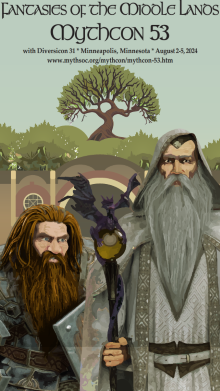Abstract
What happens to us after death is one of the oldest and most difficult questions. Even the standard response of many Christians, that we go to either Heaven, Hell, or Purgatory, can only partly satisfy, because while we experience the passing of time in a linear manner, those places are said to exist completely outside of time. How, then, can it make sense to speak of “going” to Heaven or Hell after death? Must we not always and forever be there—even during our lifetimes? Russell Kirk, a Catholic historian from Michigan who often speculated about the afterlife in his fiction and non-fiction, developed the idea of “timeless moments” to explain how our mortal lives could be placed within the context of an immortal afterlife. Such moments represent a fusion of the human and divine, in which past, present, and future come together. Timeless moments both help to determine whether we end up in Heaven or Hell and constitute our experience of those places. This paper applies Kirk’s framework to the depictions of Purgatory and Hell in certain novels by Charles Williams and Stephen King. All three authors characterize the afterlife as a state of mind that is nevertheless closely associated with specific physical locations where the living and dead work out their salvation or suffer damnation at one and the same time. The timeless nature of Hell, finally, ensures that it is never too late to try to escape from it and seek redemption.
Creative Commons License

This work is licensed under a Creative Commons Attribution-NonCommercial-No Derivative Works 4.0 International License.
ORCID ID
0000-0002-7755-0364
Copyright held by Artist
Included in
American Literature Commons, Christianity Commons, Literature in English, British Isles Commons


